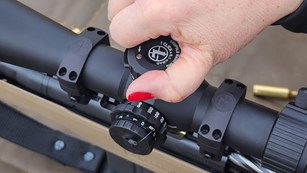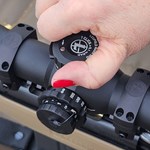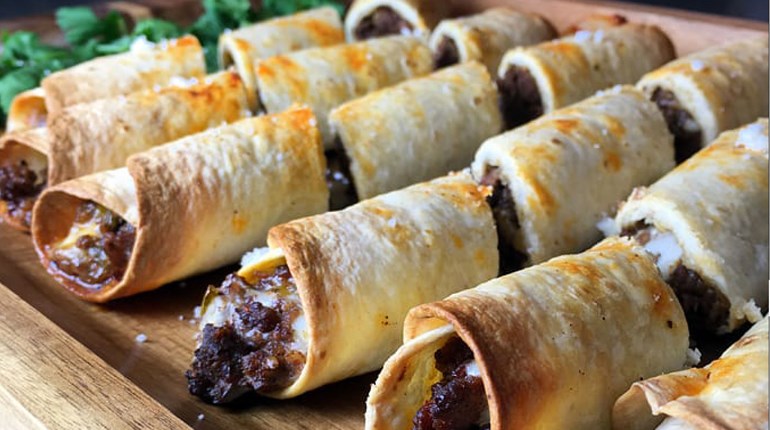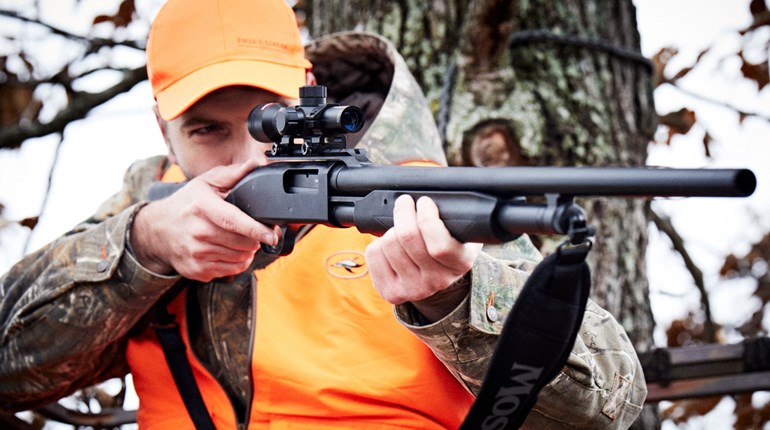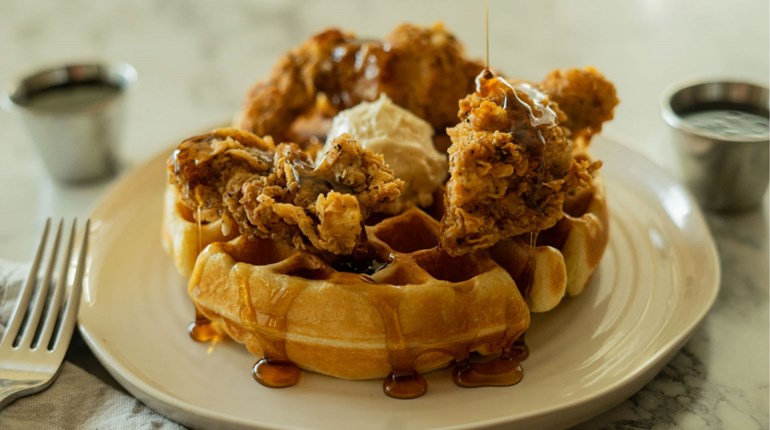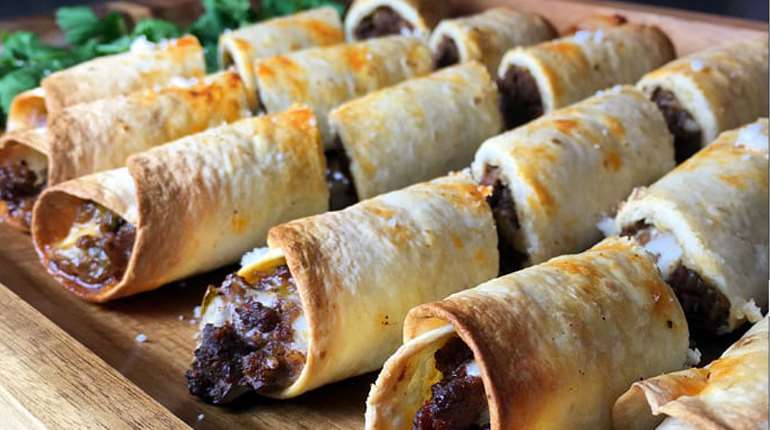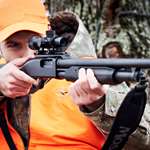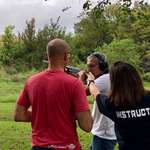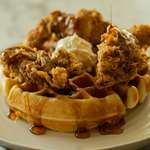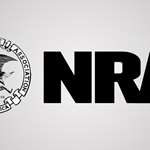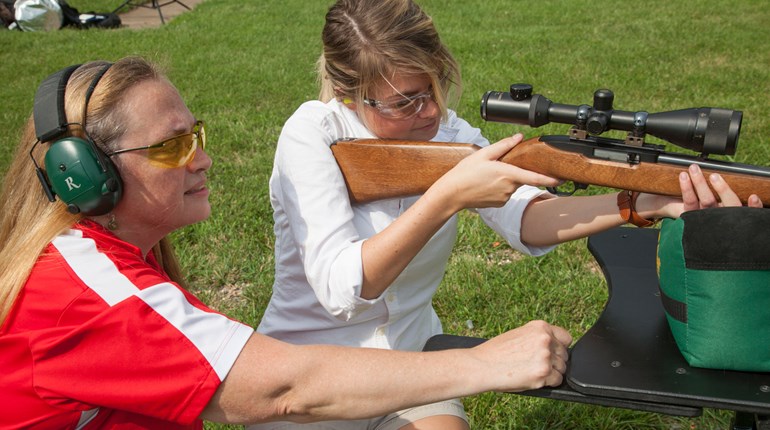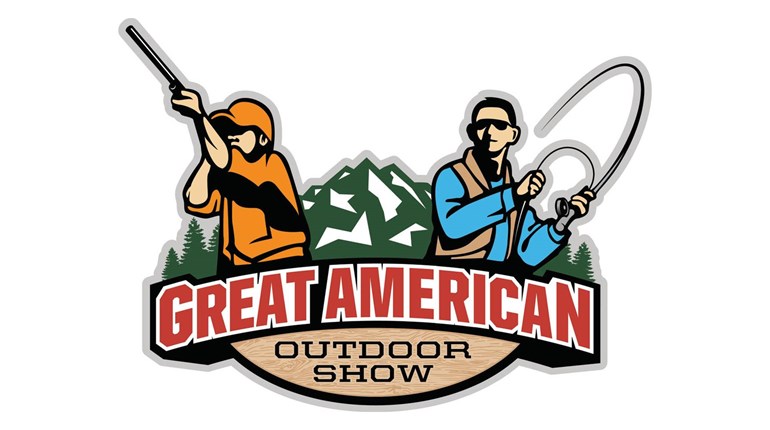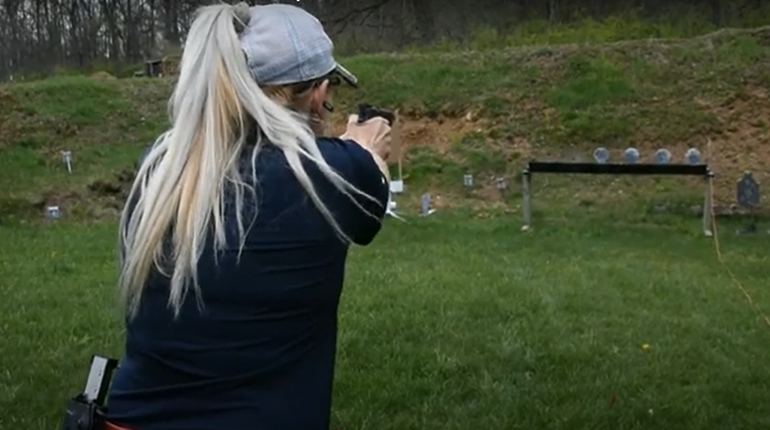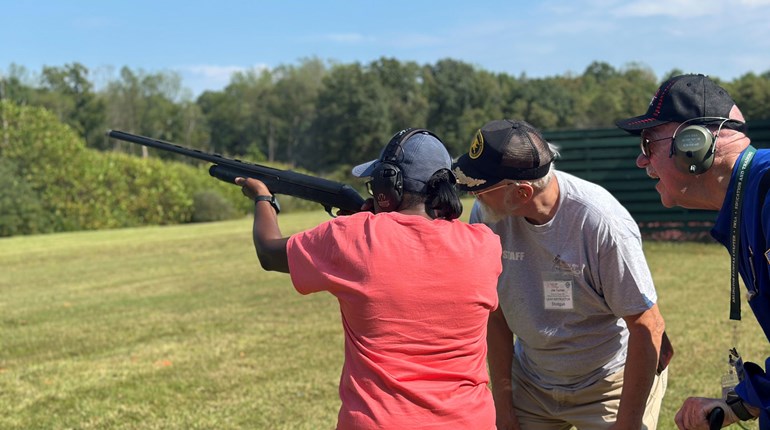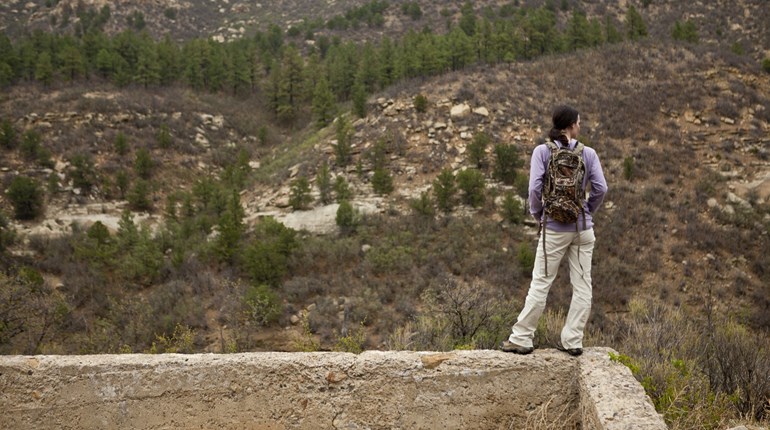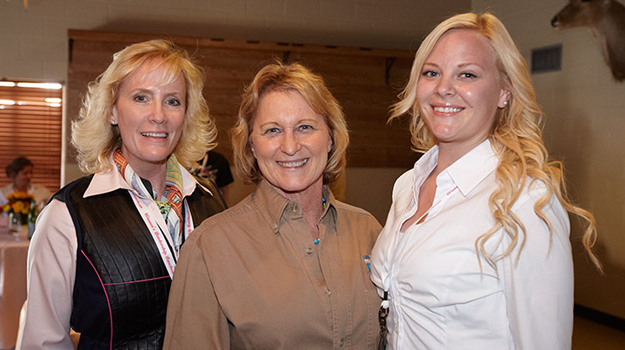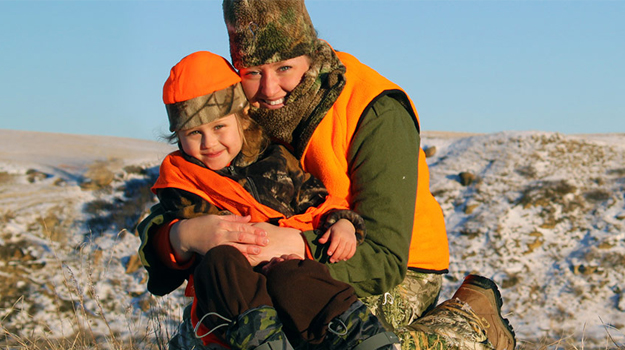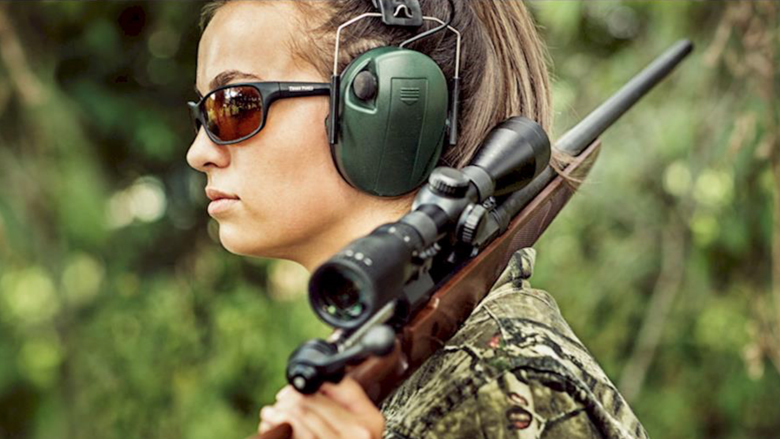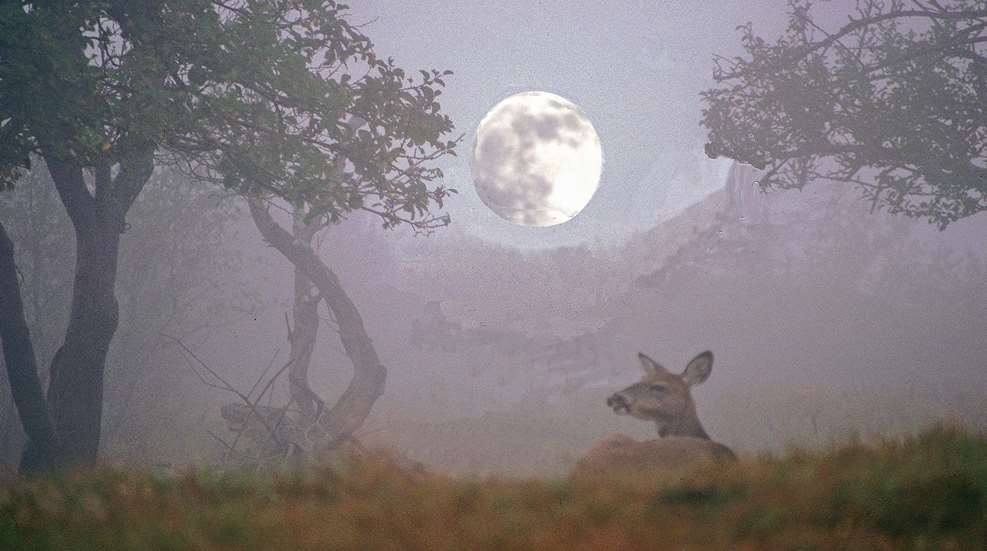
If your grandpa was a deer hunter, I can almost guarantee that he believed, and maybe still does, that deer hunting is more or less productive based on the phase of the moon. He might have even consulted moon tables printed in hunting magazines, which listed the best days of the month to go hunting based on what the moon was doing.
Some of this was based on the logic that if the moon is full, deer move less during the day and move more at night, since they have all that moonlight to light their way. And some of this belief is just based on the general mystical feeling mankind has that the moon affects everyone and everything—how daycare workers swear the kids get more rambunctious around full-moon time, and how many people believe the full moon triggers labor in pregnant women (which has been scientifically disproven).
To this day, many deer hunters will swear that the moon phase matters when it comes to deer movement and the rut. But the problem is, we just don’t have any real evidence that the moon phase affects deer hunting, and plenty of research that tells us it doesn’t.
The Moon and Deer Movement
It might be true that deer movement is affected, at least somewhat, by the moon phase, but it’s not as simple as “they feed more at night during a full moon.” Auburn University researchers found in a 2016 study of 38 GPS-collared bucks that “On days furthest from full or new moons, bucks were less likely to be active during moonrise and moonset, and more likely to be active when the moon was overhead or underfoot. And on days nearest full or new moons, bucks were more likely to be active during moonrise and moonset; and less likely to be active when the moon was overhead or underfoot.”
That said, the researchers noted that bucks still followed a standard pattern of being most active in the hours around sunset, which hunters have always known. And they also pointed out that more activity doesn’t necessarily mean a buck becomes easier for a hunter to harvest.
Another study, this one conducted on the King Ranch in Texas, monitored 43 GPS-collared bucks from October to January and came to a similar conclusion: Bucks are most active around sunrise and sunset. The researcher, Dr. Mickey Hellickson, could find no difference in buck movement between a full moon and a new (or dark) moon. “Although the moon may influence buck movements in other ways, our data did not indicate any patterns relative to the effects of moon phase on buck movements,” he concluded.
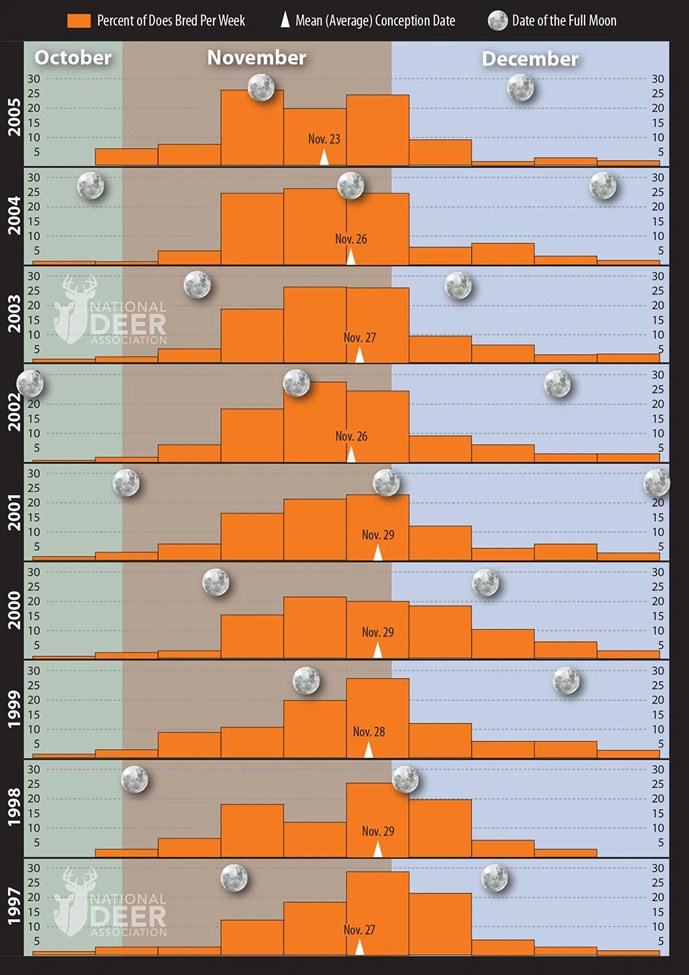
National Deer Association chart
The Moon and the Rut
Many hunters contend that the phase of the moon affects or triggers the rut, even going so far as to theorize that when a full moon falls during the second week of November, it’s going to be an especially good/active rut. But the National Deer Association says there’s nothing to that, and they’ve published data to back it up.
From 1997 to 2005, biologists with New Brunswick DNR visited the sites of reported deer road-kills to collect biological data, including fetal measurements from pregnant does. The measurements allowed them to determine the precise conception date of each fetus, and the chart in this article illustrates that data.
According to the NDA, “The bars represent the percentage of each year’s sample of does bred per week from late October through the end of December. The moon images are placed on the exact dates of full moons for each year. The mean (or average) conception date for each year is indicated on the chart by the white triangles, with the exact date given.
“It’s immediately clear: Despite the moon’s widely rotating cycle of full-phase dates, the majority of does were bred during the last two weeks of November and first week of December almost every year. The mean or average ‘center’ of the breeding fell within a seven-day period every single year, and for eight of the nine years it fell in the same four-day period: November 26-29.”
Another study from the University of Georgia, using data from 2,500 wild does from South Carolina, Texas, Mississippi, Missouri, Maine, Minnesota and Michigan, found no correlation between moon phase and timing of breeding at any location studied.
In other words, breeding happens, on average, around the same time each year, regardless of what the moon is doing. What can happen is that the moon phase might affect how much rutting behavior happens during daylight hours, when hunters can observe it, but the data on this is unclear as well. It's important to note that the research on the NDA chart represents the dates when does were actually bred. This doesn’t necessarily mean the best hunting weather, the most deer movement or the most chasing activity happened on those dates.
The Bottom Line
The scientific data we have indicates that moon phase definitely doesn’t affect when the rut (actual breeding) happens, although it could possibly affect how much chasing happens during daylight hours, and thus the rut might seem more active to hunters.
In addition, the moon phase hasn’t been proven to affect deer movement in significant ways, and all the data we have tells us what we’ve always known: Deer move most in the hours around dawn and dusk, regardless of what the moon is doing.
Still, the moon-phase myth is so steeped in hunting lore that many hunters still swear by it, despite all evidence to the contrary. There’s just something about the moon that makes us want to ascribe all sorts of unexplainable powers to it.
The bottom line is, even if you refuse to believe the biologists and insist that deer hunting improves on specific days based on the moon, most of us have limited time and have to hunt when we can fit it in around work and family obligations. Realistically, who is going to say, “Well, I only have three days available to hunt this month, but the moon isn’t right, so why bother?”






